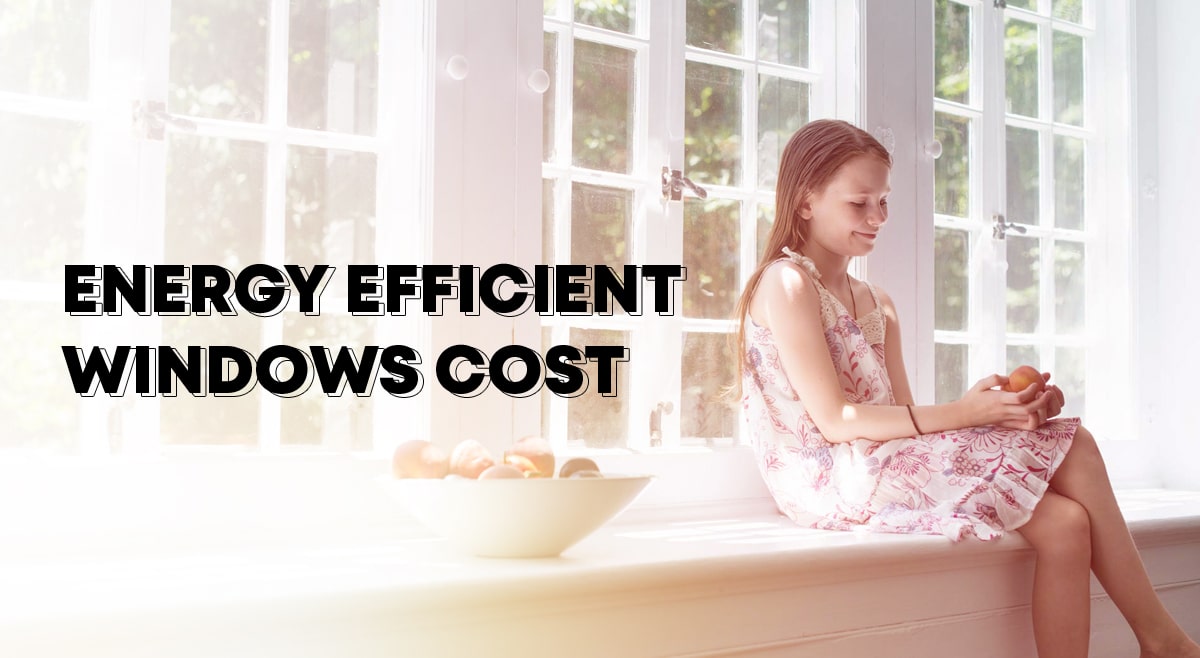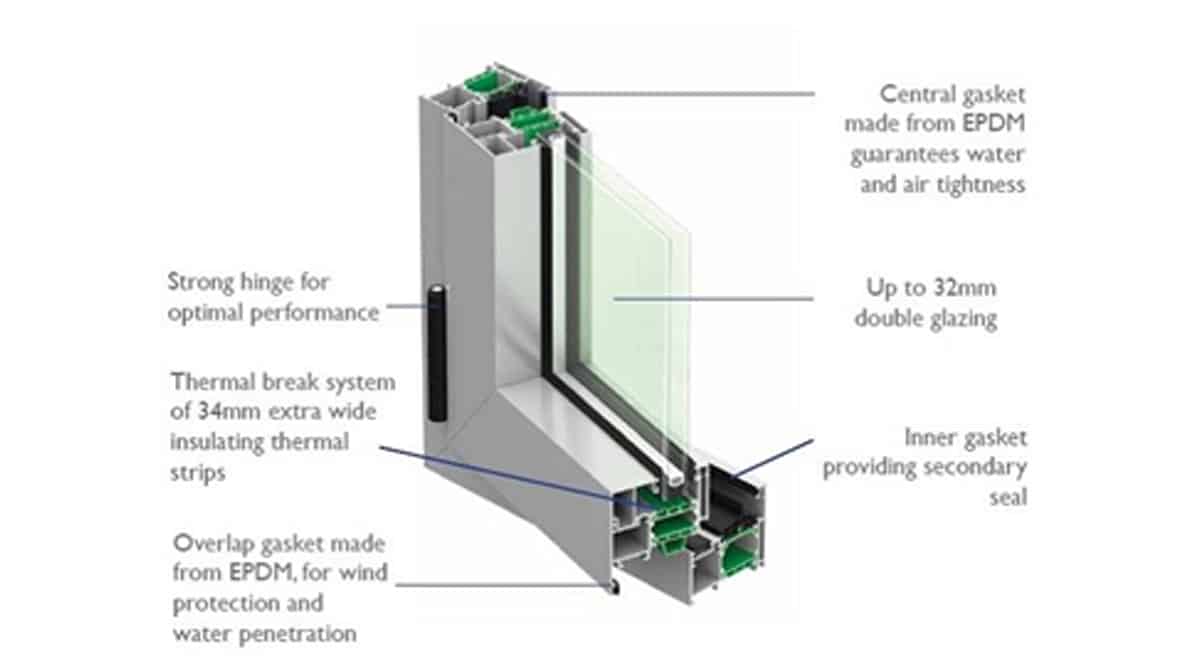Energy Efficient Windows Cost

Energy-efficient windows (energy saving windows) are a boon for homes. Not only do they make homes more comfortable, but they also keep energy bills in check. This is made possible with the high-end insulation provided by these windows which ensures the heated or cooled air of your home does not escape. In summertime, it is essential to have energy-efficient windows in the entire home to meet energy-savings expectations. Even one leaky window or single-pane window would add to the energy bills as the appliances work more than needed to keep the home cooler than outside. As such, the thermal insulation provided by single pane windows cannot be compared to that of double pane windows.
 Source: BPI Homeowner
Source: BPI Homeowner
How much money can be saved in the summertime?
The Department of Energy states that it is possible to save $125 to $465 each year when older, single-pane windows are replaced with high Energy-Star rated windows. On average, installing Energy Star windows can result in savings of 12 percent on the utility bill in a year. While this percent is not impressive, the actual amount saved is still substantial – if you spend $2000 yearly, you will save $200 in a year. And this is achieved solely by installing Energy Star window. If you make up your mind to replace all single pane windows with double pane windows, it is possible to save up to 31% on the cooling costs.
Best energy-efficient windows
Be aware different types of windows provide unique benefits for your home. Choosing the right type of energy-efficient window for your home may increase the energy savings. Here are some of best energy saving windows and materials that you can choose from:
- Double/Triple glazing
Double-glazing or double pane windows have a gas filled space between panes to provide the required insulation. When another glazing is added, it becomes a triple-glazing window, which adds to the insulation benefits provided.
 Source: Neuffer windows
Source: Neuffer windows
- Low-E windows
These windows are 30%-40% more efficient than double-pane windows. They sport a metal coating between the panes of glass. The metal film ensures heat radiation does not pass through the window.
- Window design
The design and operation of some windows make them more energy efficient. For instance, awning and casement windows are pressed against the frame when closed, providing less air leakage when compared to sliding windows.
- Window frame
The material from which a window is made contributes to its efficiency. For example, uPVC, fiberglass and wood frames are better insulators when compared to metal frames. In case you have already chosen metal frames, a thermal break can be installed within the frames to increase the insulation. Vinyl frames not only provide great insulation, but they are low maintenance, too! Have a look at what we have to offer for Vinyl windows.
 Source: Glass on Web
Source: Glass on Web
Energy-efficient windows cost
It won’t come as a surprise that the cost of energy-efficient windows varies, according to the windows’ efficiency. Typically, the cost for each energy-efficient window would be between $300 to $1000. Also, the location of the window will also affect the cost – a basement window would be more expensive than one in a bedroom. While the window in a bedroom may cost you between $300 to $600, the one in the basement may cost you up to $1000. Also, the size and type of window also alter the cost. For large windows, like egress windows, the cost can go up to $5000 per window.
Buy energy-efficient windows
We, at Window Liquidators, ship windows and doors across the entire US. Choose from the hundreds of options that we provide for energy-efficient windows. Make sure you choose a LowE/Argon/High-efficiency Glass Package from the options provided with the different window types to make your favorite window energy efficient.









